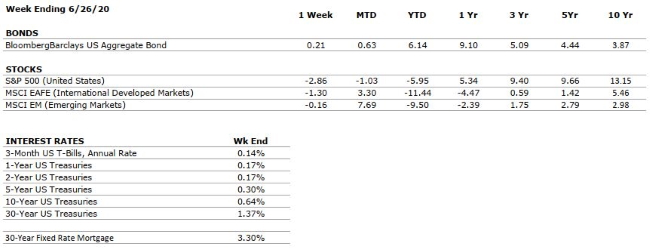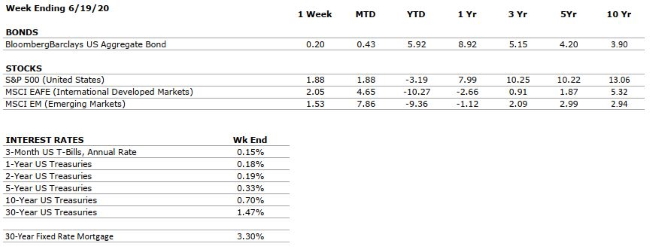Green Phase Updates
Our team is pleased that our neighbors who have not been afforded the opportunity to successfully work remotely are able to safely resume work. We have been fortunate that our infrastructure allows for us to provide our services and attention to clients from a safe distance during this time.
Since we closed our physical office spaces in March, our team has been devoted to three goals. 1) Maintaining the safety and health of our team and our clients. 2) Maintaining our client-first focus during remote service. 3) Emerging from this crisis stronger than before. With those goals in mind, we will continue to proceed carefully.
While many businesses are opening their doors now, our team has decided to continue to work remotely. Our physical office locations remain closed except for contactless pickup and drop off appointments at our Bethlehem headquarters. This decision is based on a majority vote from our team, and green phase guidance that “continued telework is strongly encouraged.”
We appreciate your continued support and patience as we work through our plans for eventually opening the office to client visits. In the meantime, we want to hear from you if you have any questions or feedback.
We wish you a happy and safe Fourth of July* weekend!
Your Team at VNFA
*PLEASE NOTE: We will be observing the Independence Day holiday on Friday, July 3. Contactless drop off and pick up of documents to our Bethlehem office will not be available Thursday or Friday this week. Additionally, we will not have someone answering the phone on these two days, so please leave a message in the appropriate mailbox and someone will return your call as soon as possible.


